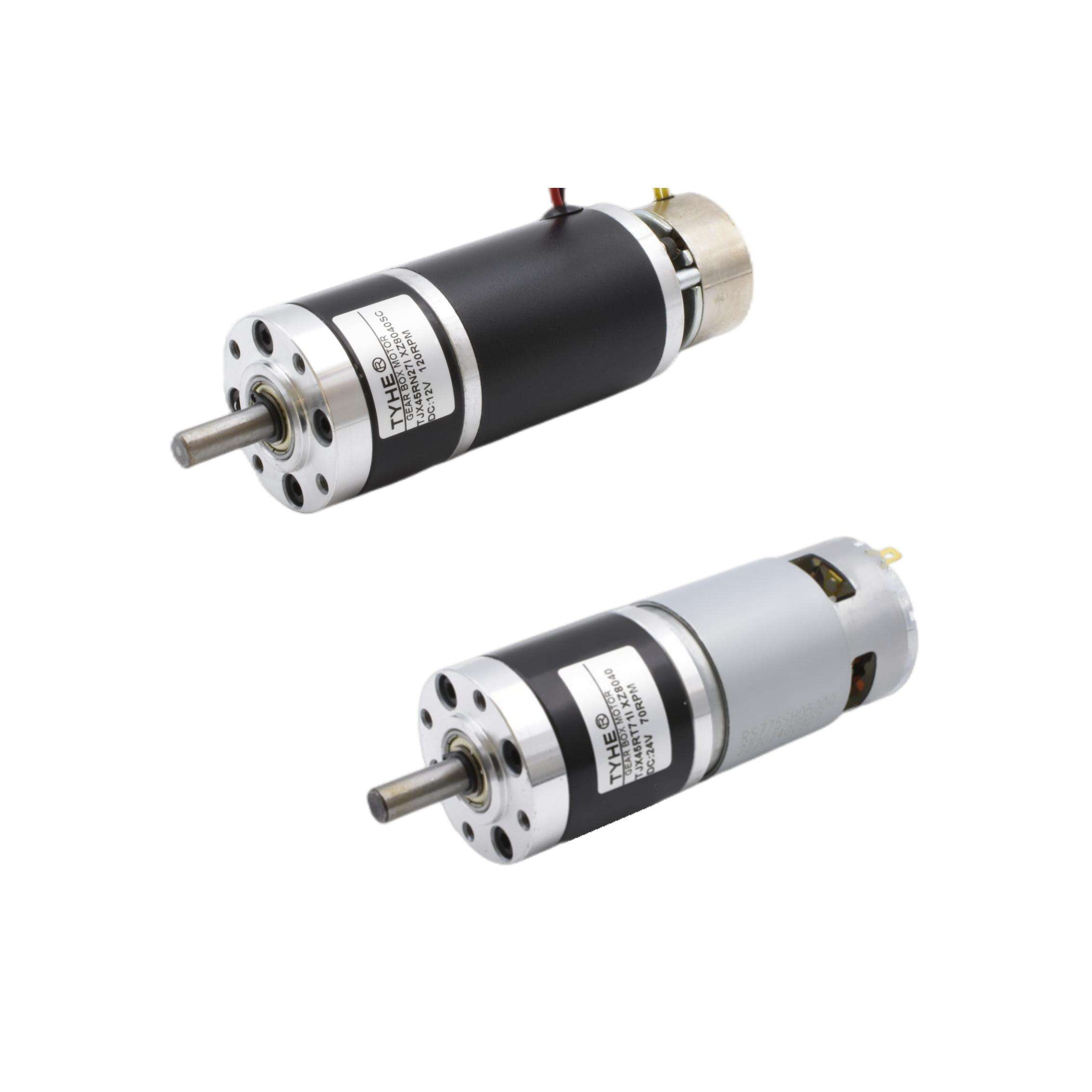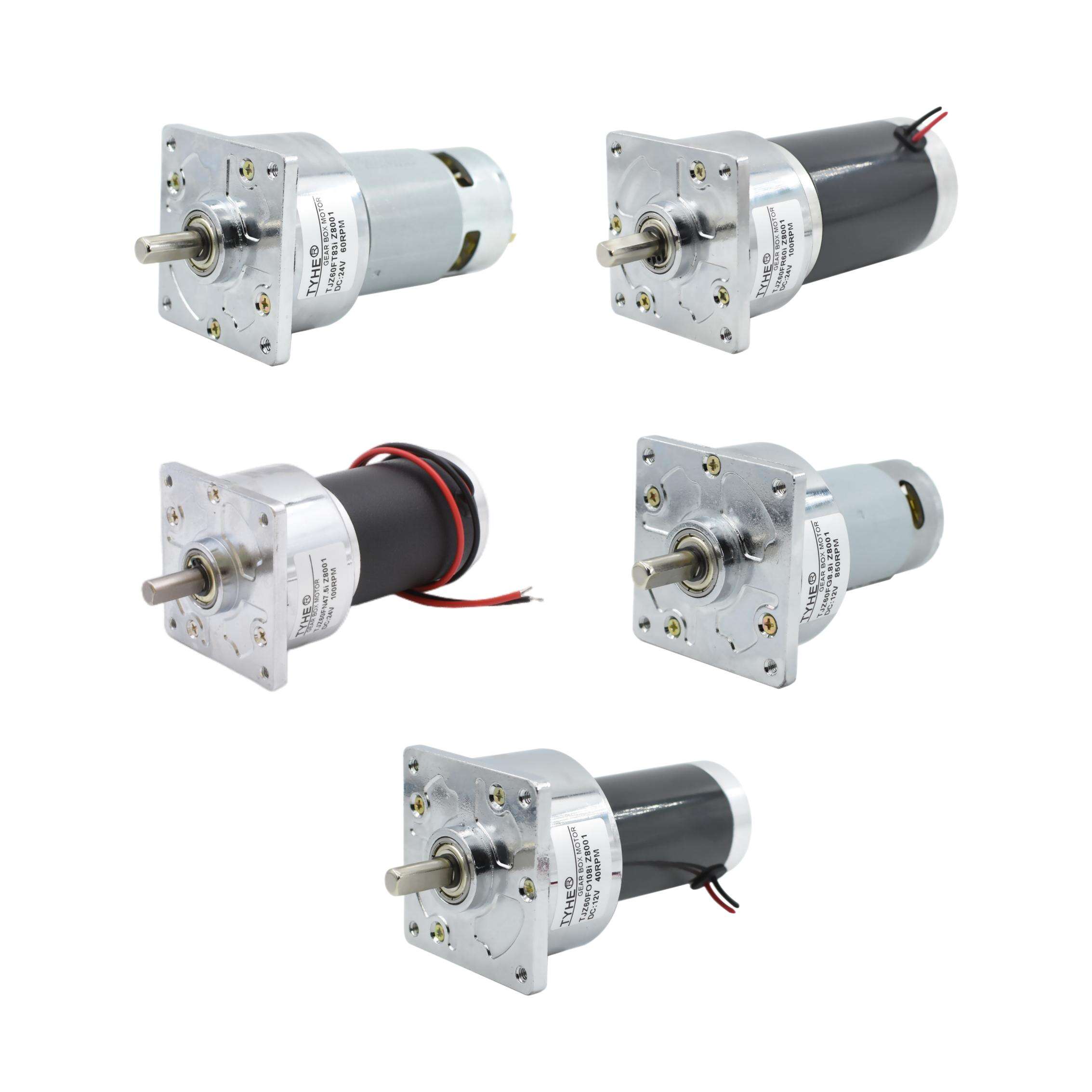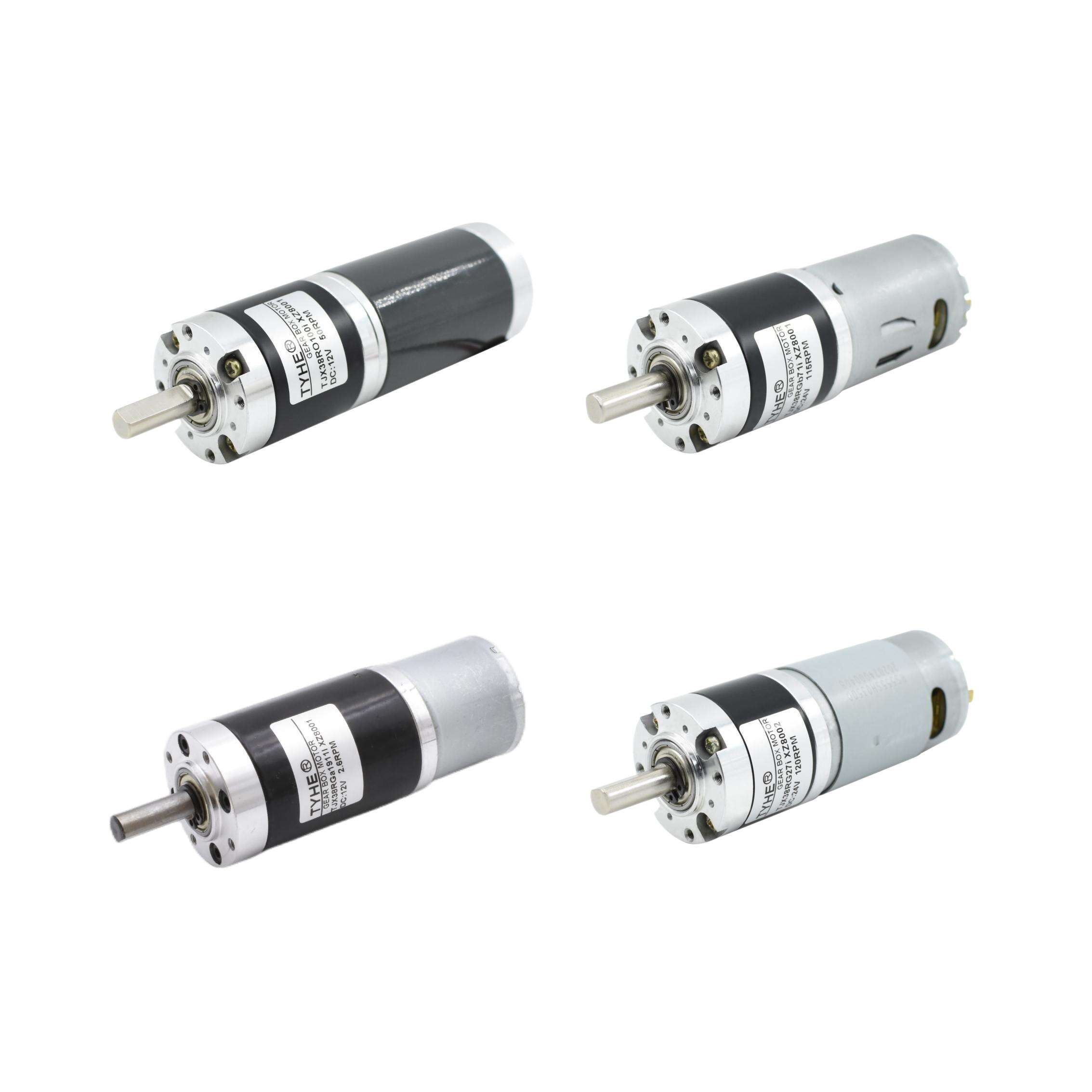brushless dc motor and brushed dc motor
Brushless DC motors and brushed DC motors represent two fundamental types of electric motors, each with distinct characteristics and applications. Brushless DC motors operate through electronic commutation, utilizing permanent magnets and a sophisticated control system to generate rotational movement. These motors feature a design where the permanent magnets are typically located on the rotor, while electromagnets on the stator create the magnetic field necessary for operation. In contrast, brushed DC motors employ a mechanical commutation system using carbon brushes and a commutator. The brushes maintain physical contact with the commutator to transfer electrical power to the rotor's windings. Both motor types convert electrical energy into mechanical energy, but their operational mechanisms differ significantly. Brushless DC motors are increasingly popular in modern applications due to their efficiency and reliability, commonly found in computer cooling fans, electric vehicles, and precision instruments. Brushed DC motors, while older in design, remain relevant in applications where simplicity and cost-effectiveness are prioritized, such as in power tools, toys, and automotive accessories. The selection between these motor types depends on specific application requirements, including speed control needs, maintenance considerations, and operational environment conditions.


